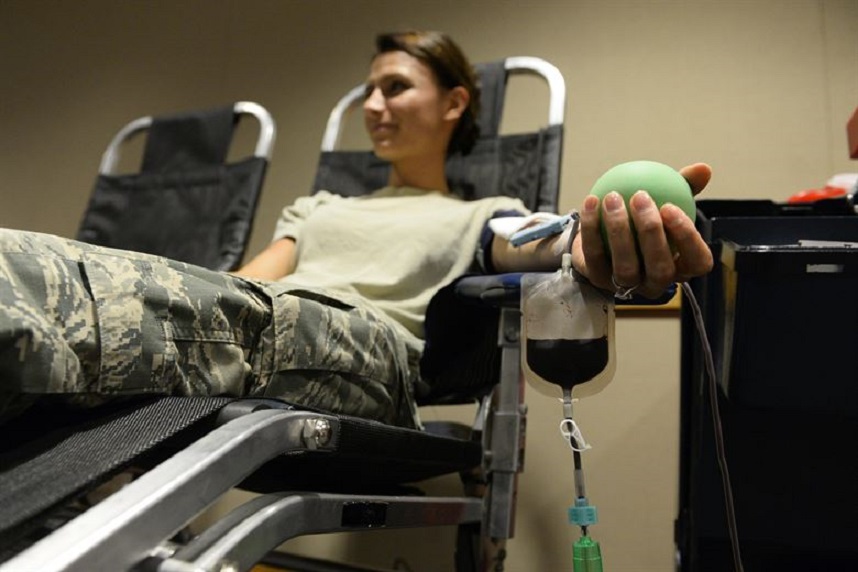This post is also available in:
 עברית (Hebrew)
עברית (Hebrew)
Transporting blood resupply to the battlefield matches the strengths and constraints of small uncrewed aerial systems. Medical researchers at Johns Hopkins already determined in 2015 that small vials of blood could be transported as safely by drone as by car. A 2016 demonstration with a hexacopter showed that blood could be transported from ship to shore by drone, a valuable tool for both relief work and possibly contested beach landings. Later research showed that not just blood samples but whole bags of blood for transfusion could be carried by small flying robot, meeting not just testing needs but promising immediate delivery to a human in need.
In May 2018, the US Defense Innovation Unit DIUx put out a request for a drone capable of delivering 5 pounds of blood over 60 miles. That already exists in the civilian and aid world, from drone delivery companies like Zipline, and it is coming close to a reality for military models, too.
The Vapor all-electric drone series, designed by Pulse Aerospace before it was acquired by Aerovironment, have similar airframes and characteristics across the brand. While the payload of the Vapor 35 is likely going to be used up with sensors, the Vapor 55’s greater payload capacity, reports Janes360.com, is useful for “troop-in-contact resupply, blood drops, and the like.”
The range of the miniature helicopter-bodied Aerovironment Vapor drones is not the full 60 miles that DIUx was looking for, though at 35 miles it is more than halfway there.
The all-electric operation likely means the drones are quieter than internal combustion-powered alternatives, which could prove useful if the drones need to fly relatively unnoticed to get their blood or other vital payload where it needs to be.
Blood resupply by robot may become as routine in the 2020s as surveillance by drone was for the 2010s, according to c4isrnet.com.


























